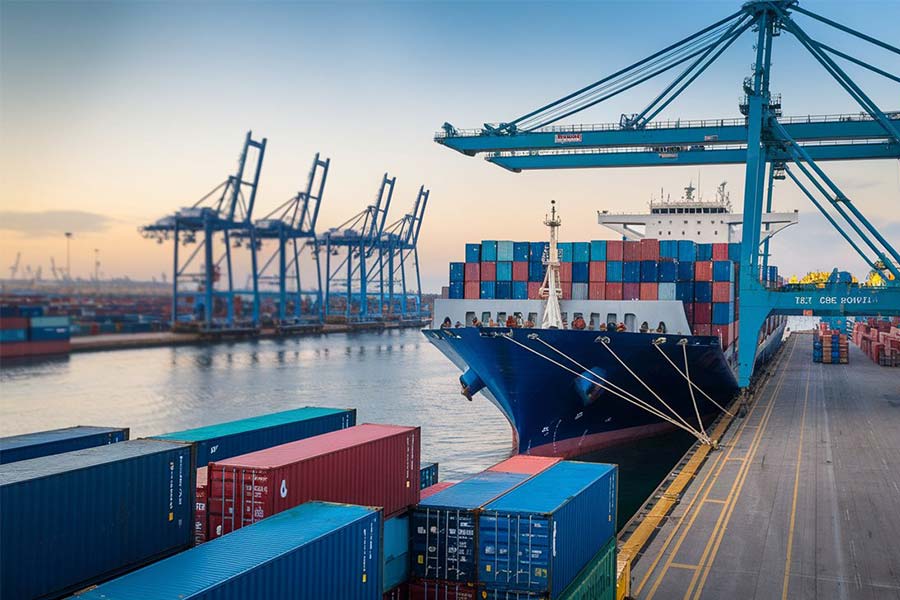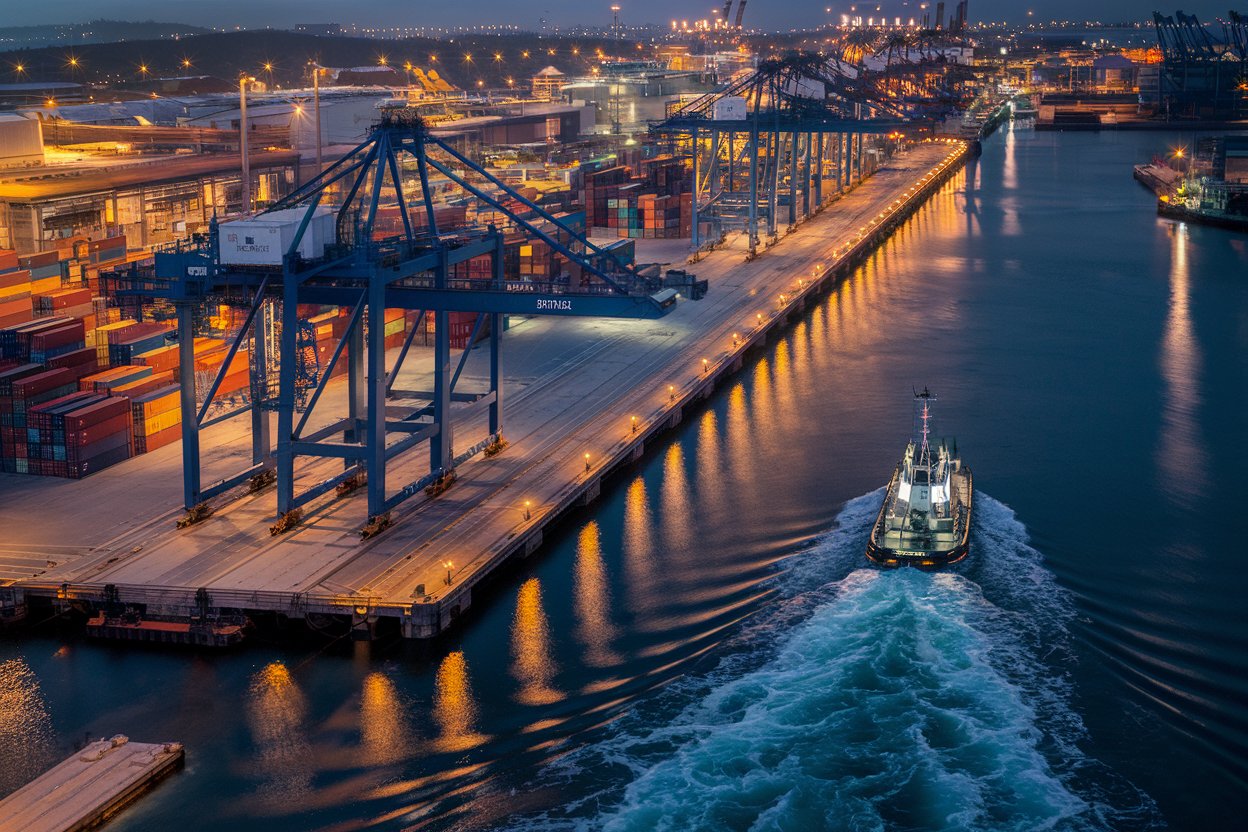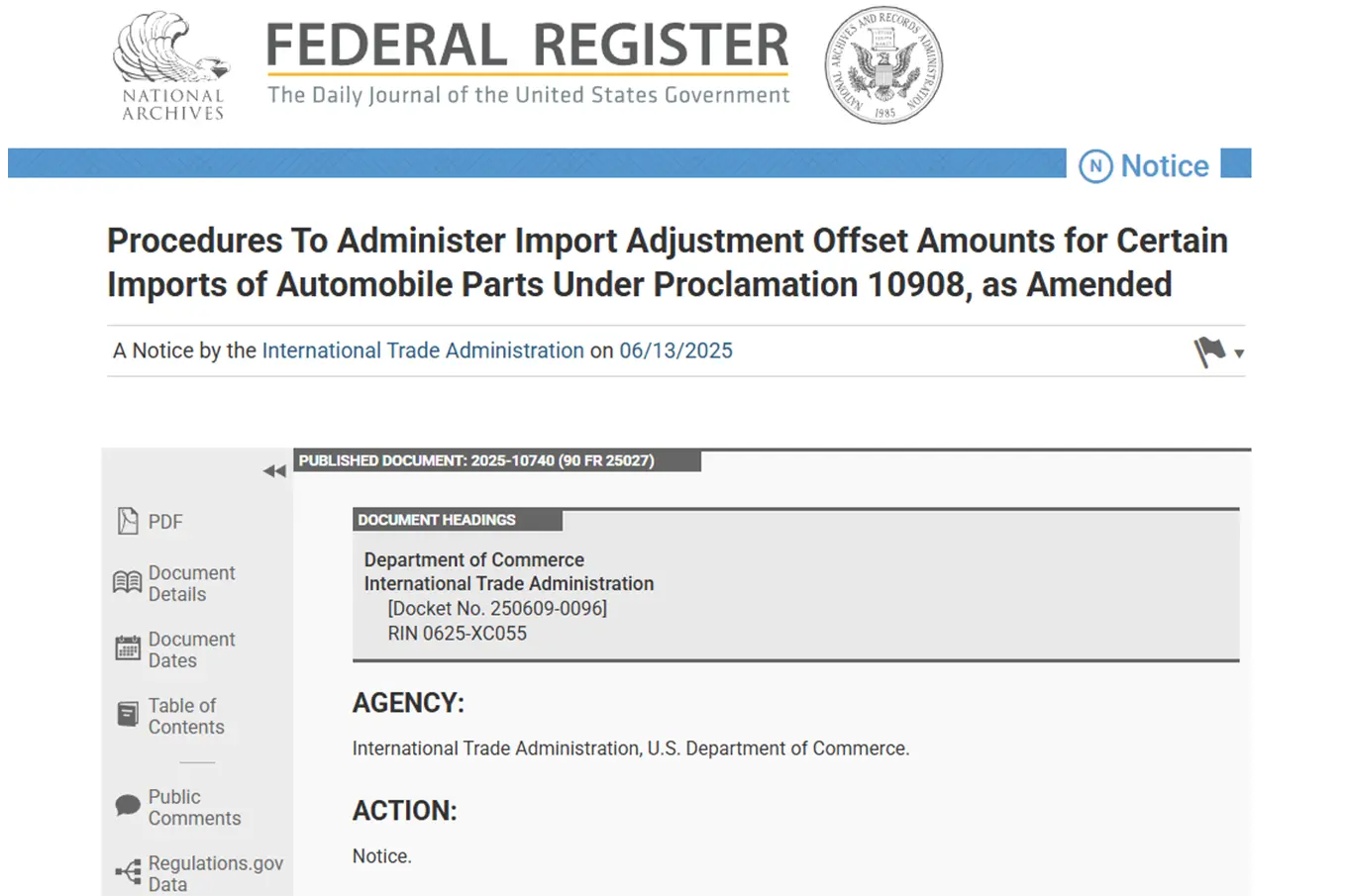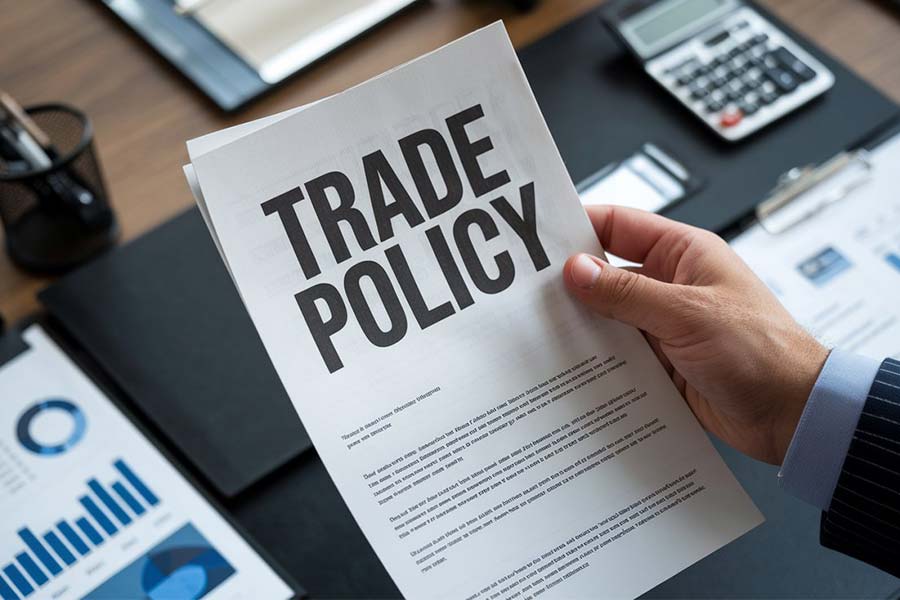- Shanghai Zhongshen International Trade Co., Ltd. - Two decades of trade agency expertise.
- Service Hotline: 139 1787 2118
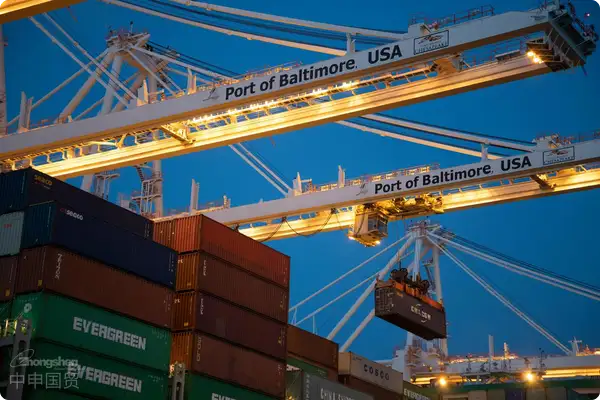
Contents
ToggleAnalysis of profit codes for agency imported equipment
In theforeign tradeIn agency services, equipment productsImport Representationmaintain an industry average profit margin of 12-18%. The latest 2025 tariff implementation plan has created new profit growth opportunities in this traditional business area. This article will decode the profit components of agency imported equipment based on 2025 policy changes.
Analysis of three profit components
Professional agency service providers profits mainly come from three core modules:
- Basic agency fee: Typically charged at 1-3% of goods value, up to 5% for precision instruments
- New 2025 mechanical & electrical product tariff codes will affect billing benchmarks
- Exchange rate difference income: Hedging gains achieved through payment cycles
- 2025 Q1 major currency fluctuations expected to expand to ±8%
- Value-added service packages: Includes 10 professional services like pre-classification and technical rectification
Pricing strategies under 2025 tariff policy
According to Ministry of Finance Announcement No. 17 of 2025,Equipment Importswill present new profit windows:
- Semiconductor production equipment tariffs reduced from 7.5% to 5%
- Environmental testing equipment gains additional 3% import VAT reduction
- Medical EquipmentImport license approval timeline compressed to 15 working days
Professional agency companies implementTiered pricing modelCan improve profit margin by 2-3 percentage points:
- Fixed rate applied for goods value below $5 million
- Dynamic pricing mechanism activated for $5-20 million range
- Risk-sharing model introduced for projects exceeding $20 million
Golden rules of cost control
Mature agents cost control systems encompass three key dimensions:
- Logistics Optimization:China-Europe Railway ExpressReplace traditionalMaritime TransportationCan save 18 days in lead time
- Pre-classification declaration: Reduce customs inspection probability by over 50%
- Supplier management: Establish core component supplier whitelist system
Year 2025 import equipment clearance cost structure shows:
Professional agency services per-shipment operational costs are 42% lower than self-operated imports, primarily due to:
- Documentation cost allocation through batch declaration
- Logistics discounts under long-term cooperation agreements
- Centralized procurement of inspection and quarantine services
Practical risk hedging solutions
Considering Year 2025 foreign trade environment characteristics, recommend establishing three-tier risk hedging mechanism:
- Primary protection: Use forward exchange contracts to cover 60% payment
- Intermediate protection: Purchase special customs delay insurance
- Advanced protection: Establish backup port and alternative supplier contingency plans
Typical project profit margin breakdown
Taking a Year 2025 medical equipment import project as example:
- Goods value: $2.8 million
- Basic agency fee: 2.5% ($70,000)
- Exchange rate gains: 1.2% ($33,600)
- Value-added services: 1.8% ($50,400)
- Cost expenditure: $42,000
- Final profit margin:15.4%
In equipment import agency field, professional service providers maintain consistently above-average industry profit margins through precise tariff policy interpretation, scientific cost control systems, and flexible risk hedging mechanisms. Year 2025s new policy environment presents both challenges and greater value realization opportunities for qualified agents.
Related Recommendations
? 2025. All Rights Reserved. Shanghai ICP No. 2023007705-2  PSB Record: Shanghai No.31011502009912
PSB Record: Shanghai No.31011502009912
